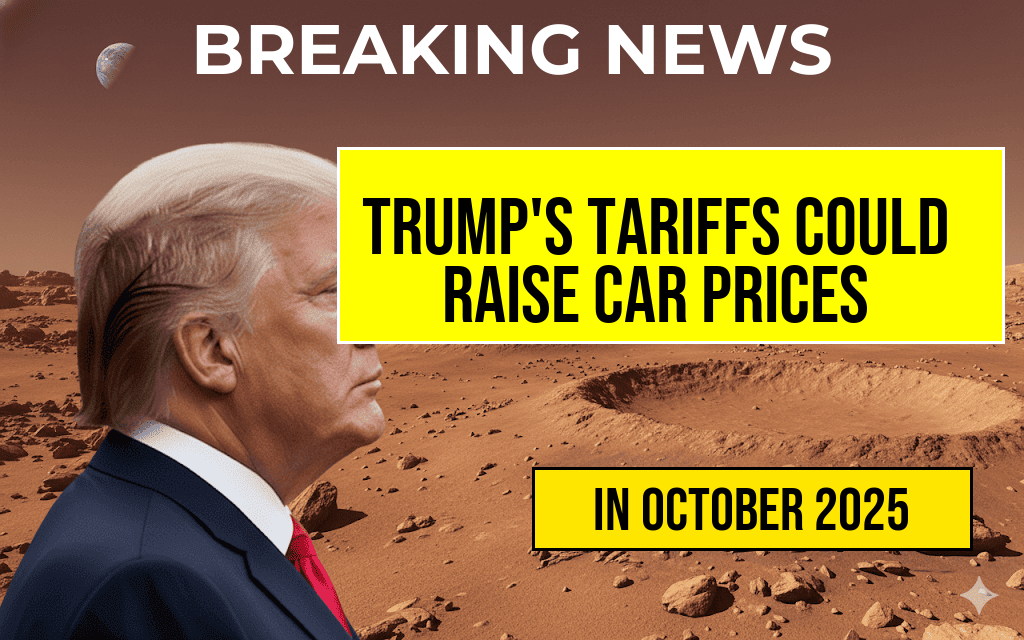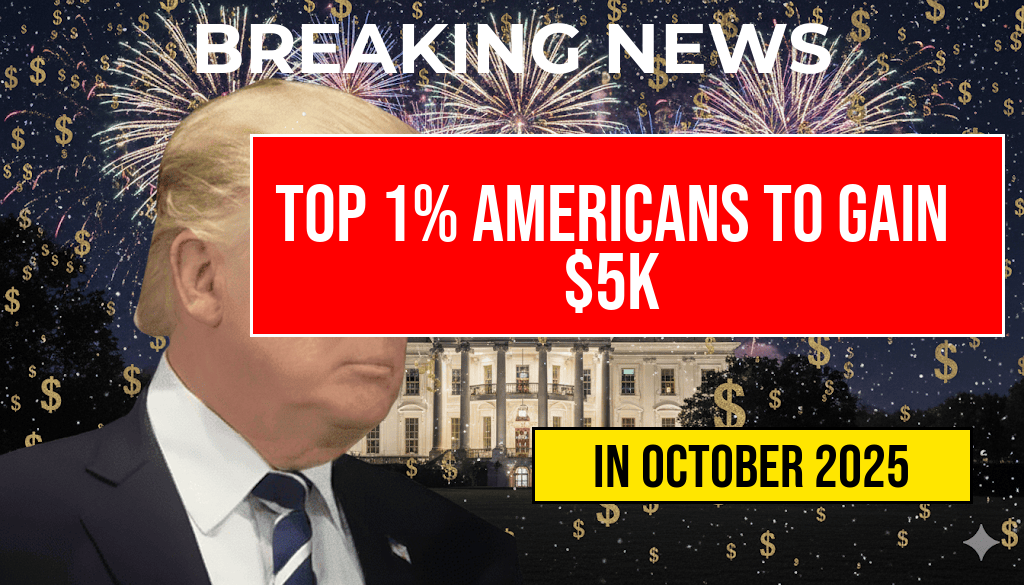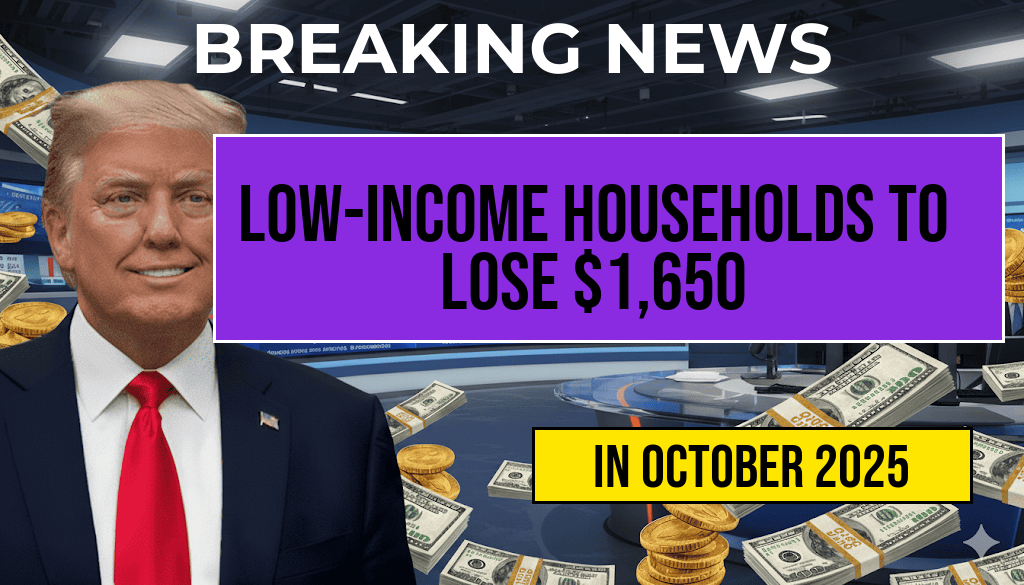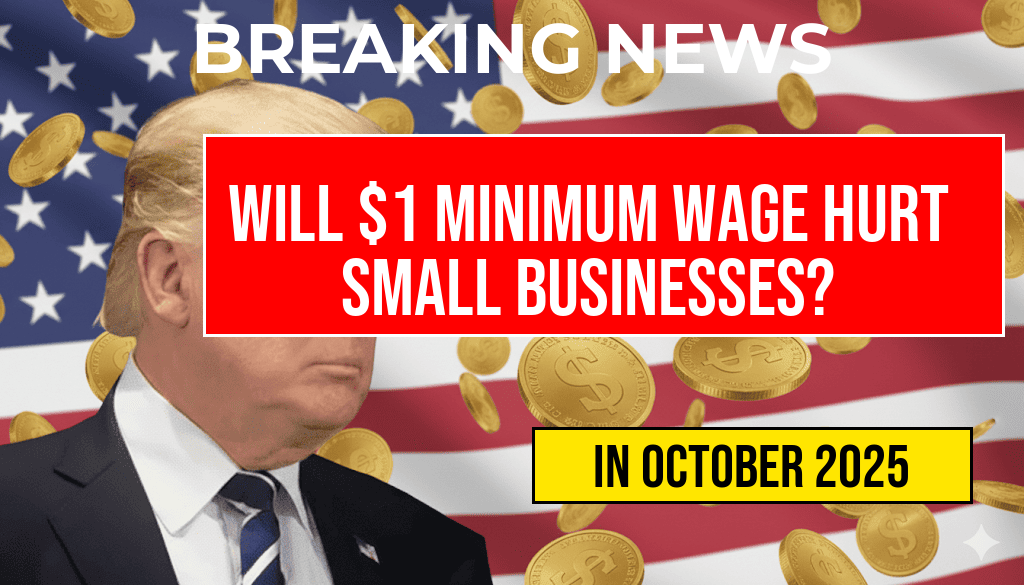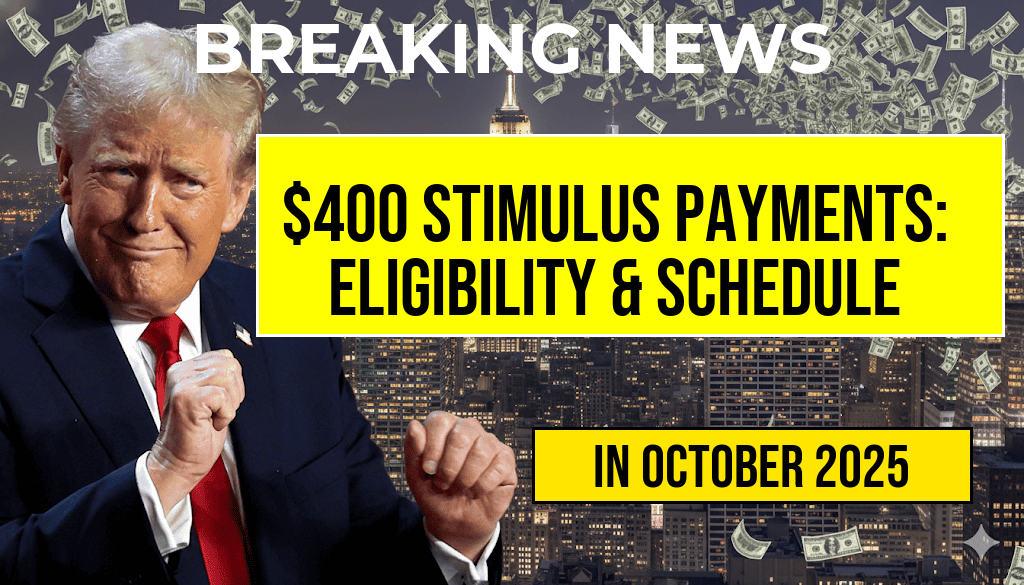The prospect of increased vehicle prices has surfaced as a significant concern within the automotive industry following recent remarks from former President Donald Trump, who hinted at potential tariffs that could substantially raise the cost of new cars for American consumers. If implemented, these tariffs could add as much as $5,286 to the average price of a new vehicle, according to industry analysts. This development is expected to ripple across the market, influencing not only consumer purchasing power but also automaker strategies and supply chain dynamics. With the U.S. automotive sector already navigating disruptions from supply chain issues and shifting consumer preferences towards electric vehicles, the threat of tariffs introduces an additional layer of uncertainty that could reshape the landscape of vehicle pricing and availability.
Background on Tariff Threats and Automotive Pricing
The discussion around tariffs arises amid ongoing trade negotiations and political rhetoric, with former President Trump reiterating his stance on imposing additional duties on imported goods, including vehicles and automotive parts. Historically, tariffs have been used as leverage in trade disputes, but their potential reintroduction could lead to higher costs for automakers relying on international supply chains.
The estimated increase of $5,286 in vehicle prices is based on current import tariffs and the typical markup automakers apply to cover costs. This figure, derived from industry reports and economic modeling, reflects the added expenses that manufacturers might pass onto consumers if tariffs are enforced. For context, the average price of a new car in the U.S. currently hovers around $48,000, according to data from the National Automobile Dealers Association. An increase of this magnitude would significantly impact affordability, especially as used vehicle prices have already surged amid supply shortages.
Potential Impact on the Automotive Market
Price Increases and Consumer Choices
- Higher purchase costs: Consumers could face increased sticker prices, reducing affordability for many potential buyers.
- Shift in vehicle preferences: Buyers might consider smaller, less expensive models or used vehicles to offset cost increases.
- Delayed purchasing decisions: Uncertainty around future prices could lead to postponed vehicle acquisitions.
Automaker Responses and Supply Chain Adjustments
Manufacturers may respond by accelerating the sourcing of components from domestic suppliers or alternative markets to mitigate the impact of tariffs. Some may also absorb costs temporarily to maintain sales volumes, though sustained tariffs could force pricing adjustments across the board.
Broader Economic and Industry Implications
| Scenario | Additional Cost per Vehicle | Market Impact |
|---|---|---|
| Moderate Tariff Application | $2,500 – $3,000 | Gradual price increases, consumer hesitancy |
| Full Tariff Implementation | $5,000 – $5,286 | Sharp price hikes, reduced affordability, potential slowdown in sales |
Economists warn that such price hikes could slow down new vehicle sales, which already face challenges from rising interest rates and inflation. The impact might extend beyond consumers, affecting dealerships’ inventory levels and automakers’ profit margins. Additionally, increased costs could influence the broader supply chain, prompting shifts in sourcing strategies and potentially leading to higher prices for aftermarket parts and repairs.
Industry and Consumer Perspectives
Industry leaders express concern over the potential for tariffs to undermine recent growth in the automotive sector. Forbes reports that automakers are closely monitoring political developments, preparing contingency plans that include adjusting supply chains and pricing strategies.
Consumers, meanwhile, face an uncertain outlook. Car buying remains a significant financial decision, and increased prices could push some buyers towards used vehicles or delay new car purchases altogether. Consumer advocacy groups highlight the importance of transparent pricing and the need for policymakers to consider the broader economic consequences of tariff policies.
Looking Ahead
The potential for tariffs to raise vehicle prices underscores the fragile balance within the current automotive landscape. As trade negotiations continue, industry stakeholders await clarity on the likelihood and scope of any new tariffs. Consumers and dealers alike will need to adapt to these potential changes, weighing the costs against their transportation needs. For more information on trade policies and their economic impact, resources like Wikipedia’s trade war article provide comprehensive background.
Frequently Asked Questions
What is the main concern for the new car market regarding Trump’s tariff threat?
The primary concern is that the tariff threat could lead to an increase in vehicle prices by up to $5,286, making new cars more expensive for consumers.
How might tariffs impact vehicle prices in the United States?
If tariffs are imposed on imported vehicles or parts, manufacturers may pass on the additional costs to consumers, resulting in higher vehicle prices.
Which car buyers are most likely to be affected by this price increase?
All car buyers, especially those interested in imported vehicles or models that rely heavily on foreign parts, could face increased costs due to the potential tariffs.
Are there any potential alternatives for consumers to avoid higher vehicle prices?
Consumers might consider purchasing domestically produced cars, exploring used vehicle options, or waiting for market adjustments to avoid the impact of tariffs.
When could the tariff threat impact vehicle prices if implemented?
The impact on vehicle prices would likely occur shortly after any tariff measures are announced or enacted, potentially leading to noticeable increases within a few months.

